Leave No Trace – what does it involve?
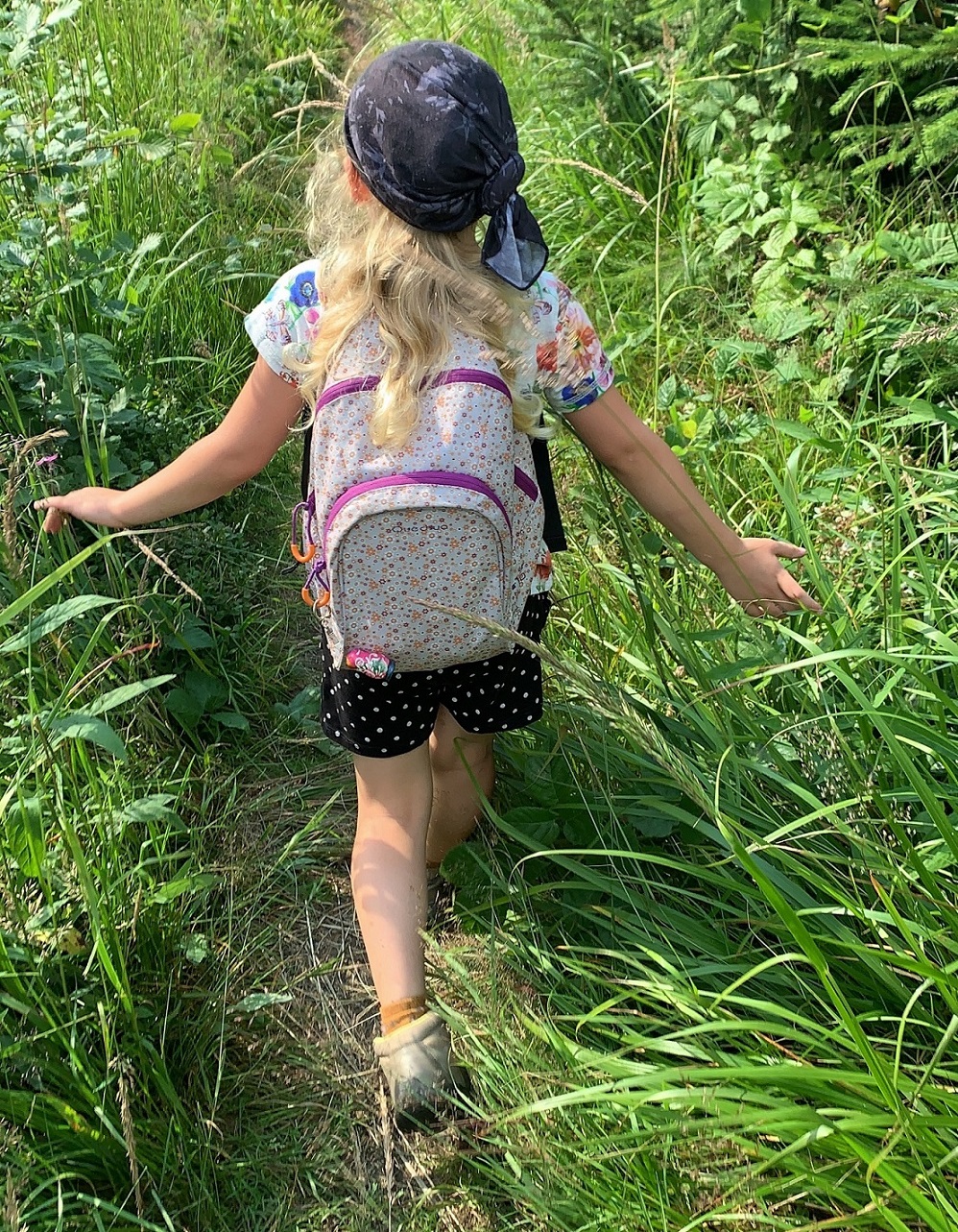
You may have come across the term ‘Leave No Trace’ before. And we’re not talking about a pretty good film from 2018, known in Poland as “Leave No Trace”, but about a certain style of being among nature, interacting with it without leaving any traces behind. The Leave No Trace movement has American roots, but its philosophy applies to each of us. Therefore, it is worthwhile for you to learn and apply 7 simple rules in your life
Where did the Leave No trace movement come from?
Leave no Trace originated in the United States. Immediately after the war, it became fashionable to spend time in nature, and many fans of hiking appeared. Unfortunately, tourists lacked knowledge about how to treat wildlife, so they unintentionally destroyed the natural environment while camping. This is why the 7 principles of Leave No Trace were created. Unlike the title of the film we mentioned, Leave No Trace here translates as “leave no trace”. And that should be the guiding principle for anyone who wants to go camping, have a picnic in the woods or hike a mountain trail.
7 principles of Leave No Trace
Although they originated in the United States, they are equally applicable worldwide. After all, the idea of taking care of the environment is alive in every country (or at least it should be…). Especially today, when we have started to realize how much progressive technology and urbanization destroy nature, our care for the surrounding nature is even more necessary. The Leave No Trace principles set out the standards that should apply to all contact with the environment. So get to know them and apply them whenever you can.
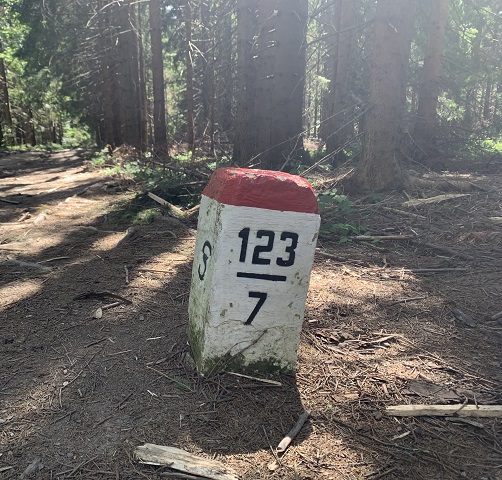
A permanent trace, but there was a need
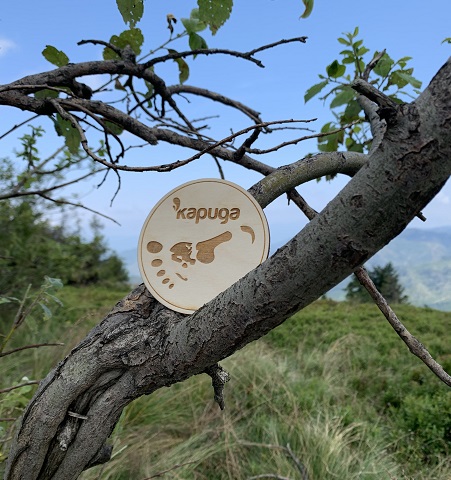
A temporary trace that disappeared immediately after taking the photo
1. plan and prepare your trip
–> a sturdy rucksack,
–> a good knife (e.g. a clever neck knife),
–> first aid kit,
–> map,
–> compass,
–> food and water.
2. travel and camp on a suitable surface
3. take your rubbish with you and dispose of it properly
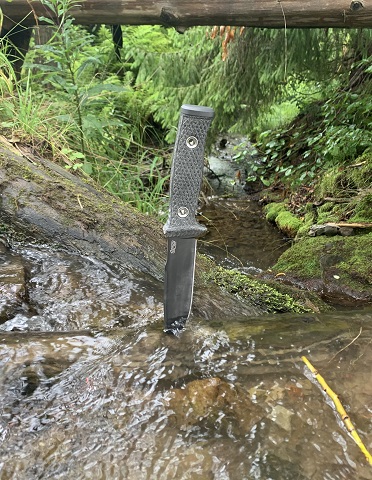
TRC Knives Mille Cuori in the wilderness of Beskidy… No worries! The knife was taken away and it didn’t pollute the environment
4. leave the place as you found it
5. light fires responsibly
Preferably not at all. If you can, use a tourist gas cooker – in Poland there are already In Poland there are already several dozen areas where you can use it freely. If you do not have such a possibility, try to do without fire. And if you absolutely have to light a campfire, stick to a few rules:
– Make the fire in a designated area.
– Only gather dead branches which are lying down for fuel.
– Always keep the fire under control.
– Never leave the fire unattended!
– Always burn your fire to the end or put it out thoroughly.
6. respect the wildlife around you
7. remember that you are not alone on the trail
Why is the application of Leave No Trace particularly important now?
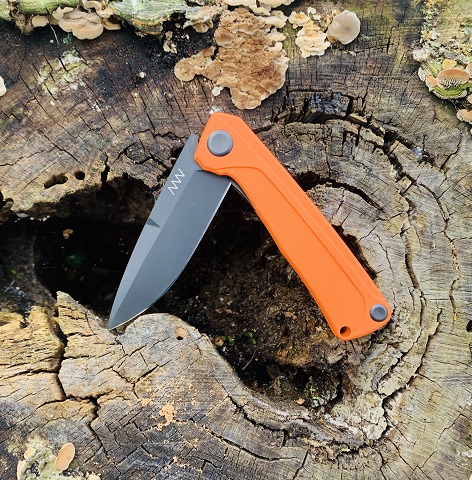
The Z100 from ANV Knives in the orange version is not so easy to lose, which makes it easier to approach “what you took to the forest, take back with you”
So remember – leave no trace
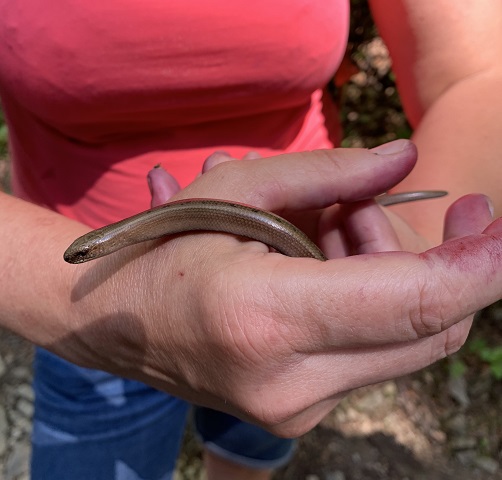
Nature is able to repay … The photo shows a slow worm who “went” his way a moment later
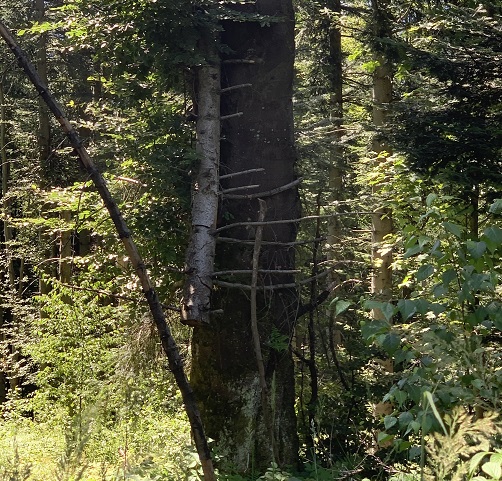
“Alien tree”, the beauty of pristine nature
